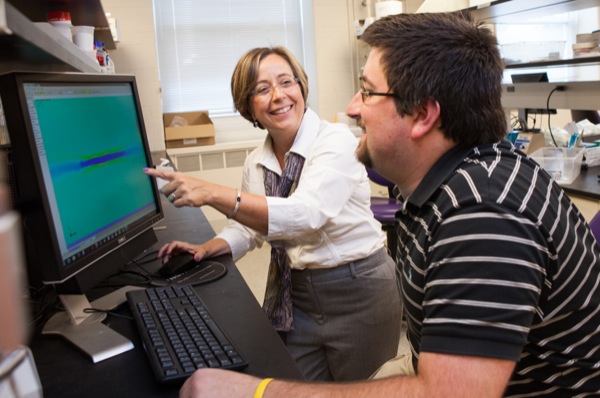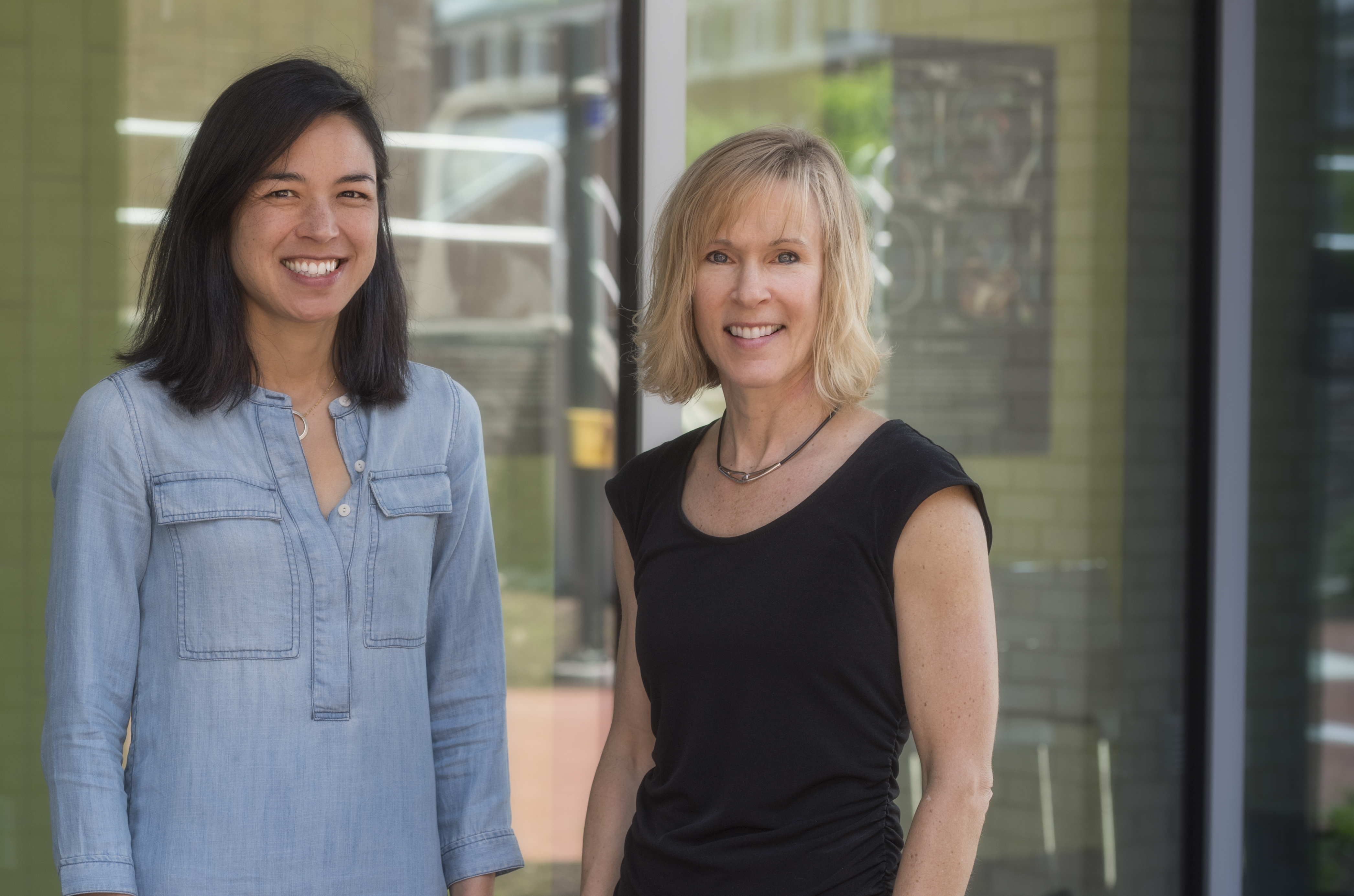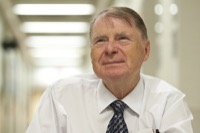
FabTech
Elliott receives NIH funding to support tissue engineering research
3:07 p.m., July 2, 2014--Nature is a master materials engineer. Wood, shells, leaves, skin, and bone have all inspired man-made materials for applications ranging from car hoods and tennis racquets to adhesives and artificial limbs.
Biomedical engineering has made great strides in recent years as researchers create “tissue engineered constructs,” known as TECs, in the laboratory by combining cells, materials, and biochemical factors to meet the required mechanical and structural properties of native tissue for proper functioning.
Research Stories
Chronic wounds
Prof. Heck's legacy
But mimicking nature is not a simple task.
Despite much work directed at TECs for load-bearing applications — for example, tendons, ligaments, spine and cartilage — researchers have yet to design a clinically applied construct with the right mechanical properties to function in the hostile environments encountered by these tissues.
Dawn Elliott, professor and director of biomedical engineering at the University of Delaware, believes that “reverse engineering nature” could provide new insights into the structure-function relationships of native tissue, and she was recently awarded a $1.8 million grant from the National Institutes of Health to explore this concept.
Elliott hopes the work will pave the way for new TECs that mimic nature at the cellular level.
“We’re trying to understand what’s going on from the viewpoint of the cell,” Elliott says. “What does the cell see? Although we imagine the tissue as a highly organized composite, we know that at the cellular level, the structure is messy and disorganized, but it obviously works. If we can learn more about how it works and why it works, we can use that knowledge to design better engineered replacements.”
She will work with co-principal investigator Rob Mauck, associate professor of orthopedic surgery and bioengineering at the University of Pennsylvania, and Randy Duncan, professor in UD’s Department of Biological Sciences, on the new grant.
Elliott, whose specialty is biomechanics, and Mauck, an expert in tissue engineering, have collaborated on NIH-funded research for the past several years. Duncan brings knowledge of mechanotransduction, the processes through which cells sense and respond to mechanical stimuli.
Over the past 12 years, Elliott and Mauck have successfully engineered new intervertebral disc tissue using aligned electrospun polymers, disc cells, and stem cells to create a tissue that matches nature’s function in the spine.
With that research transitioned to the Veterans Administration and currently funded by the Department of Defense, the team will now focus on developing a better understanding of cellular-level functioning.
“We believe that our design approach for load-bearing fiber-reinforced tissues, focusing on mechanics first, can ultimately be extended to other orthopedic and cardiovascular tissue applications,” Elliott says.
Nature may not be easy to imitate, but it has much to teach us if we know where to look.
Article by Diane Kukich
Photo by Ambre Alexander Payne








